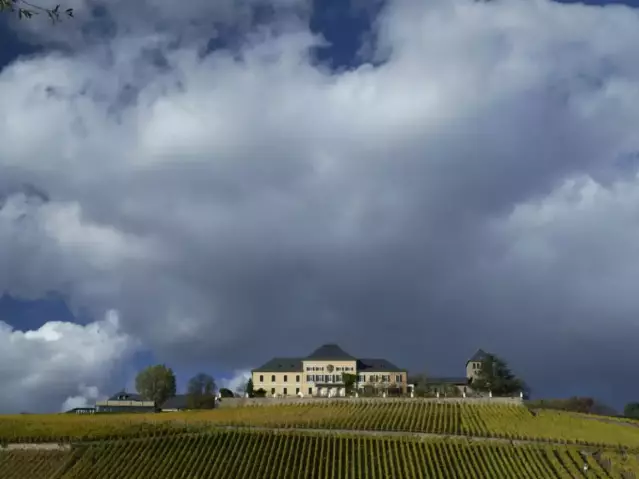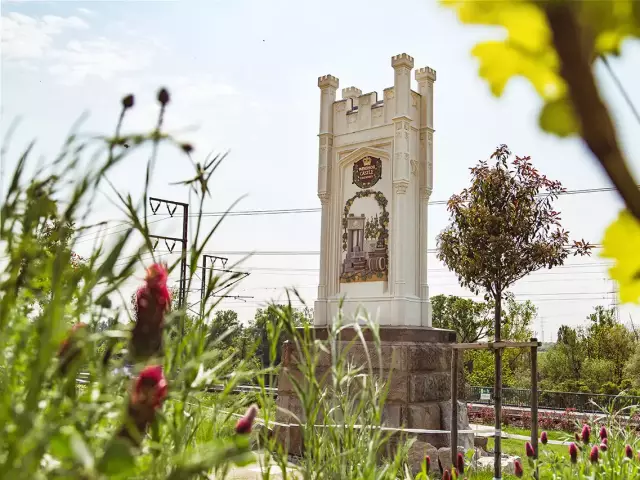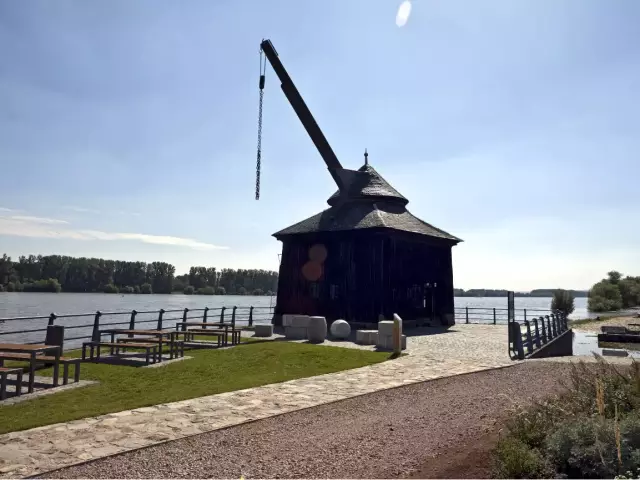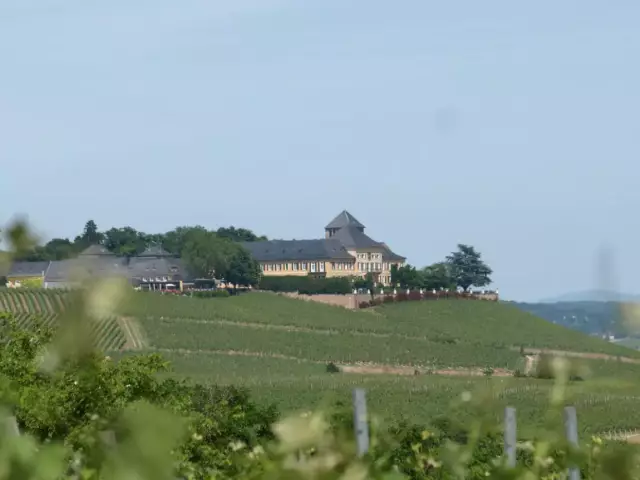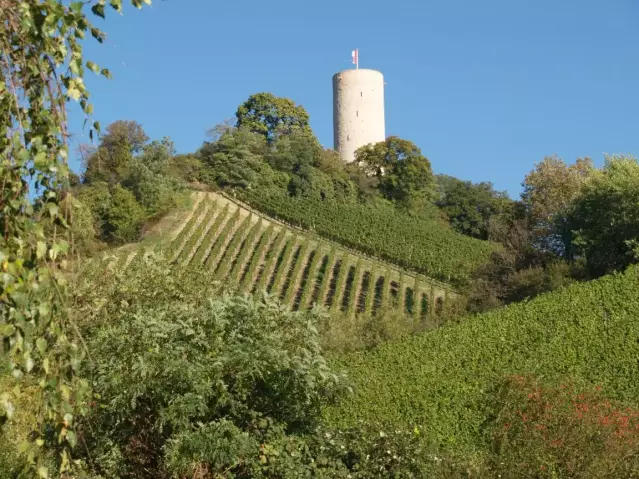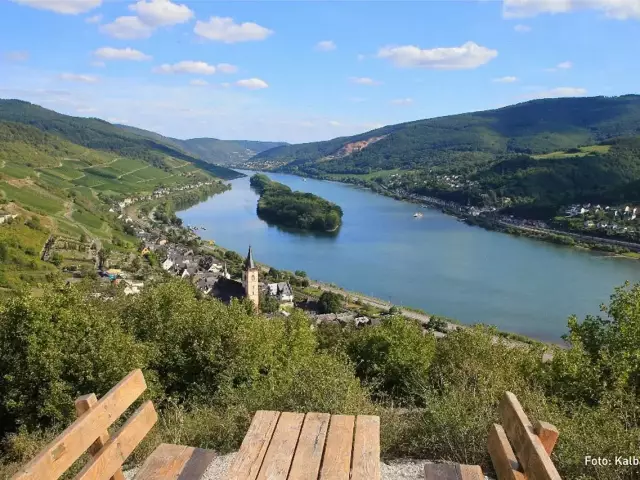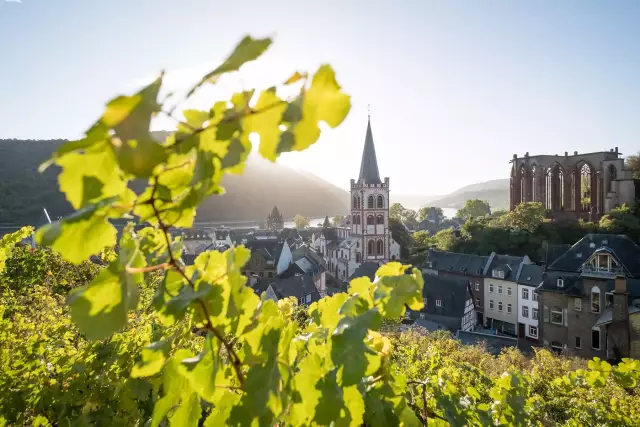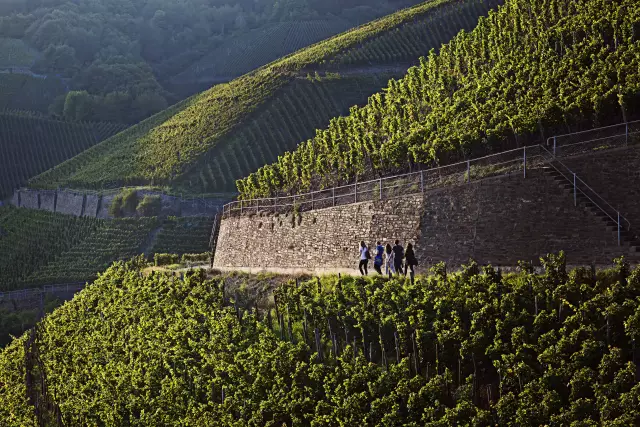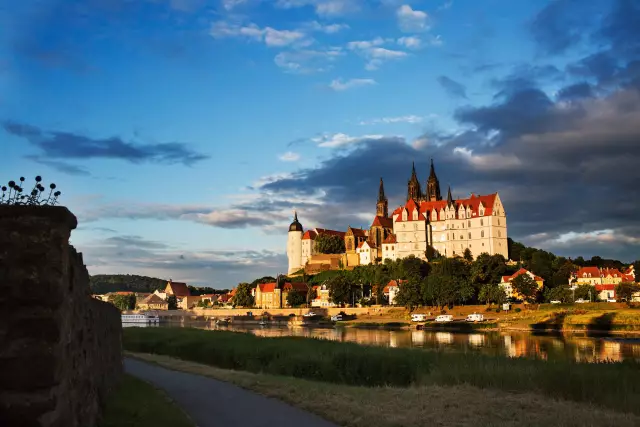Rheingau
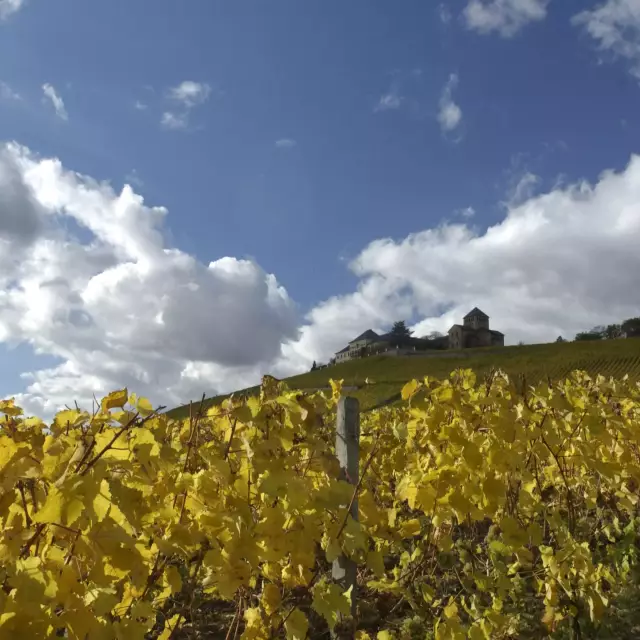
It is thanks to a freak of nature that the Rhine, which otherwise flows in a northerly direction, turns almost at right angles to the west at Wiesbaden, only to flow north again just 30 kilometers later at Rüdesheim am Rhein.
Fakten
-
3.180 ha
Rebfläche (2024)
-
129
Einzellagen
-
2.412 ha
Riesling (2024)
Rheingau -Pure Joy of Life
It is thanks to a whim of nature that the Rhine, which flows north, turns west almost at a right angle near Wiesbaden, then 30 km later at Rüdesheim am Rhein, it turns back again to flow north once more. This is because the Rheingau Mountains, a Taunus foothill running from east to west, stops the river and forces it to change direction. Thus, at 50 degrees north latitude, the Rhine bend and the Rheingau wine-growing region was created - a narrow strip along the Rhine between Wiesbaden and Lorch am Rhein, which extends to Flörsheim-Wicker in the east.
This beautiful stretch of earth is planted with 3,200 hectares of vines. It is the famous home of Rheingau Riesling, which grows on 2,500 hectares of vineyards, and Pinot Noir, for which Assmannshausen is renowned.
Riesling thrives particularly well in the dry, stony south-facing slopes. It also survives cold winter days and uses the long ripening period to develop fine fruit acids and aromas. Already in 1775, the Johannisberg Abbey discovered the advantage of a late harvest, and still today the Rheingau Riesling Spätlese (late harvesst) are among the region's flagship wines. For several years now, the wines with "First Growth" on the label signify the winemakers' aspiration to set themselves new, ambitious goals and to fill the bottle with something extraordinary. These wines come from classified ‘Premier Cru’ sites and are produced and vinified according to very demanding and strict criteria.
The Rheingau is a very popular tourist region in which old monasteries and castles are magnificently embedded in the wine landscape. The Rheingau Riesling Route leads through picturesque wine villages over 120 kilometers. On the way, taverns and wine bars invite you to pause for a drop of Rheingau wine and cultural and historical sights inspire you along the way. Anyone who visits the striking lookout points of the Rheingau, such as the Niederwald Monument, Schloss Johannisberg, the Hallgartener Zange via Oestrich-Winkel or Bubenhäuser Höhe, will see the historical centers of viticulture extending in front of them.
First of all there is the former Cistercian abbey, Kloster Eberbach, one of the best preserved medieval monastery complexes in Germany. Johannisberg is not only known for the castle of the same name, which arose from the ruins of a monastery complex, but also historically as the place where Spätlese (late harvest) wines originated. Also notable is the world-renowned oenological research and teaching institutes in Geisenheim which has contributed significantly to the extraordinarily high level of technical competence in the German and global wine industry today. Founded in 1872, it focuses on viticulture, fruit growing and horticulture as well as grape breeding, wine making and international wine business.
Rheingau wineries and restaurateurs offer high-quality wine culinary experiences all year round: the Gourmet and Wine festival in March, the ‘Schlemmerwochen’ (gourmet weeks) at the end of April, the Rheingau Music Festival over the summer months and the Glorious Rheingautage in November. The traditional wine auctions at Kloster Eberbach also offer a unique experience in stunning historical surroundings.
Overview Rheingau
Geographical location: The Rhine Valley, along the 50° of latitude. The region is practically one long hillside on the northern bank of the river on its 30-km (20-mile) east-west journey from Wicker and Hochheim (near the confluence of the Main and Rhine rivers) to the river's bend at Rüdesheim and beyond, to the border with the Mittelrhein at Lorchhausen.
Major town(s): Wiesbaden, Rüdesheim, Geisenheim, Eltville
Climate: Mild winters and warm summers; the vineyards are protected from cold winds by the forest-capped Taunus Hills and benefit from the heat-reflecting surface of the Rhine
Soil types: Although the wine-growing are is small, there are many kinds of soil, including chalk, sand, gravel, all types of clay, loess, quartzite and slate.
Vineyard area 2022: 3,200 ha · 1 district · 10 collective vineyard sites · 100+ individual sites
Grape varieties 2022 [white 79%, red 21%]: Riesling (76,9%), Spätburgunder (24,3%) and small amounts of other white varieties
Marketing: Compared with other German wine regions, the Rheingau has a high proportion of full-time wine-growers; sales of bottled, rather than bulk, wine predominate, and much of the region's wine is sold directly to end-consumers. The region enjoys a broad domestic and international popularity.
Signposted routes through wine country: Rheingauer Riesling Route (driving) · Rheingauer Riesling Pfad (hiking) · Rheingauer Radwanderweg (cycling)
Rebsorten

Zitate
Höhepunkte der Weinkultur in Rheingau
Schönste Weinsichten
Weinwanderung Rheinsteig
Johannisberg ist eine Legende unter den deutschen Weinorten. Die „Perle des Rheingaus“ ist der Geburtsort des Spät- und Ausleseverfahrens, das hier seit 1775 praktiziert wird.
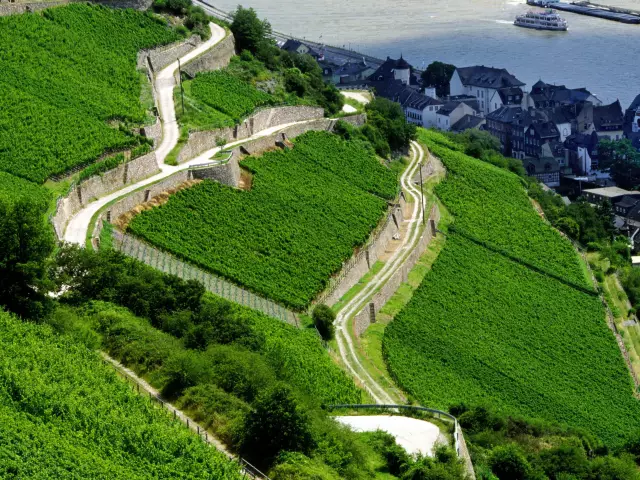
Kontakt
-
Rheingauer Weinwerbung GmbH
65375 Oestrich-Winkel-Winkel Rheinweg 30 Hessen Deutschland


